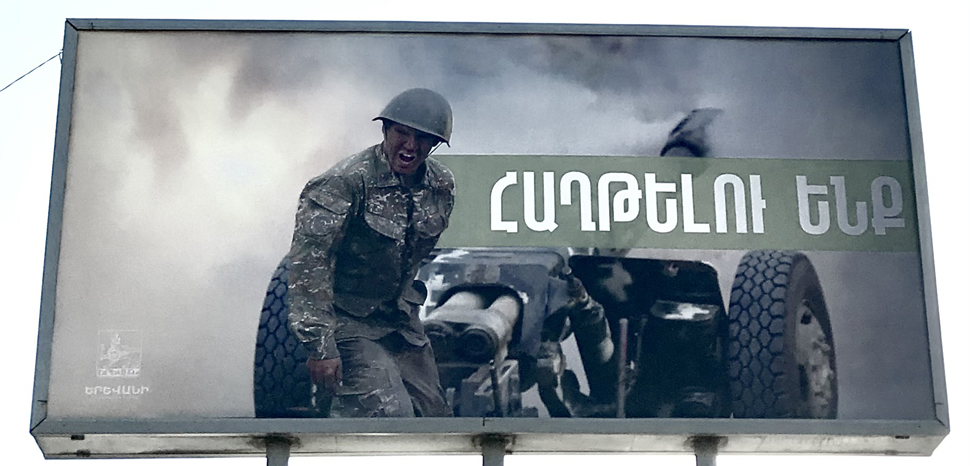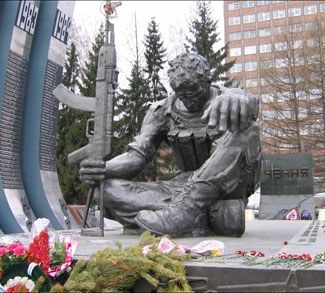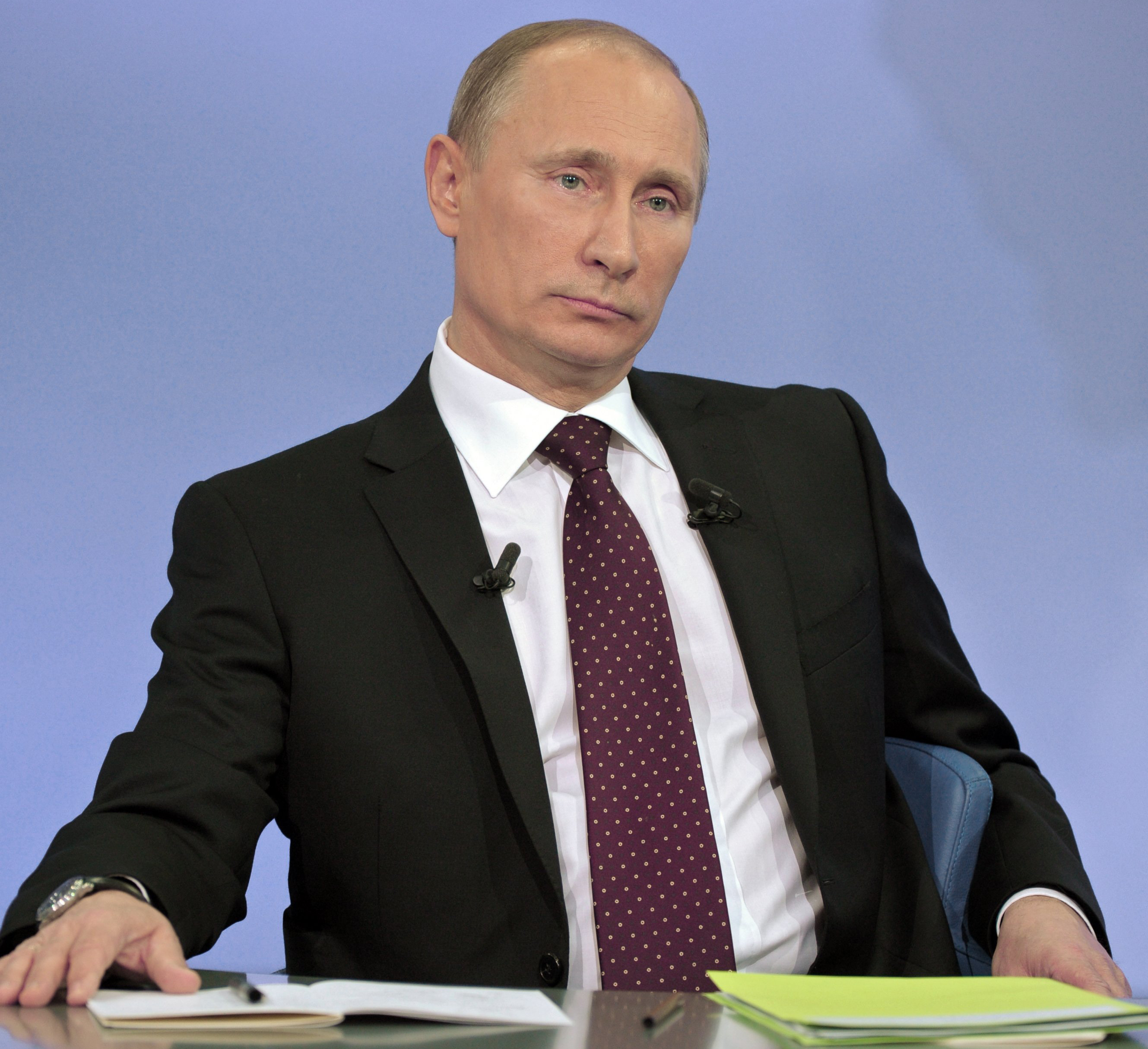Much has been written about the ongoing military conflict between Armenia and Azerbaijan. After all, and not unlike the Russo-Georgian War that took place in 2008, this episode represents a confirmation that direct military confrontations between national states have not completely disappeared in the 21st century, contrary to what some international relations scholars have forecast. In this case, it looks like Azerbaijan is using military force in order to establish facts on the ground (like the capture of Shusha, a location of great strategic and cultural significance), which in turn can lead to a potential diplomatic settlement with more favorable concessions.
Recent fighting over Nagorno-Karabakh has involved elements of classical warfare related to the mobilization of tanks, artillery, troops and aerial vectors of power projection for the sake of controlling contested territory, as well as formal declarations of martial law and the implementation of restrictive emergency measures. However, the clashes have also featured unconventional ingredients like the involvement of mercenaries and militias. Moreover, the fighting is notorious for its humanitarian impact, the apparent commission of war crimes, the use of forbidden weapons like cluster bombs, and its incendiary potential to spread beyond the immediate theatre of Nagorno-Karabakh.
Understanding Transcaucasia as a ‘tough neighborhood’
Transcaucasia is a mountainous region that includes territories now held by Armenia, Azerbaijan, and Georgia. Due to its close proximity to Eastern Europe, the Anatolian Peninsula, the Middle East, Central Asia, the Black Sea, and the Caspian Sea, it has often found itself at the crossroads of imperial ambitions since classical antiquity. In fact, both ancient Rome and the Persian Empire often fought over the direct or indirect control of the region, which was one of the spots where their corresponding spheres of influence overlapped. When sheer force was not an option, uneasy diplomatic settlements had to be negotiated.
Moreover, since strategic competition was fierce, intrigue was also commonplace. For instance, the kingdom of Adiabene – a Parthian satellite whose rulers had converted to Judaism – actively supported the rebellion against Roman rule in the province of Judaea. It could be argued that the underlying geostrategic rationale of said maneuver was to undermine the Roman presence in the Levant, one of the most pivotal places along the Eastern flank of the Mediterranean.
Later, the Byzantine Empire held Western Armenia – a reality that strengthened the regional presence of Christianity – whereas the Persians asserted their suzerainty over what was called “Persarmenia.” Eventually, Islam arrived there too, thanks to the new religion’s growing military might and “soft power.” In turn, both Ottomans and Russians would gain their own footholds in the region as well through the instrumental combination of geopolitical, military, diplomatic, cultural, and religious influence.
The region experienced severe turmoil in the 20th century, as reflected by various tragedies: 1) the Armenian genocide committed by the Ottoman Empire; 2) the derailment of the project to create a Transcaucasian Federation; 3) local wars involving Armenia, Azerbaijan, and Georgia; and 4) Turkish as well as Russian invasions. Eventually, the Soviet Union took over and it assimilated the entire region. Moscow’s undisputed control put a temporary end to regional conflicts and even though it attempted to implement aggressive policies conceived to dilute identitarian nationalism and religious fervor, it failed to erase old rivalries or revanchist desires.
When World War Two broke out, the region was almost engulfed in turmoil once again; one of the geostrategic objectives behind the invasion of the Soviet Union by Nazi Germany was to capture the Caspian Sea’s oil fields. However, the attempt was thwarted thanks to the fateful defeat of the Wehrmacht in the Battle of Stalingrad.
The demise of the USSR almost half a century later meant that Armenians, Azeris, and Georgians could reassert their independence as sovereign nations after decades of Soviet rule. However, since there was no longer an external power that could keep regional conflicts frozen, it also opened Pandora’s box. It was a matter of time before local animosities would resurface again.
Not surprisingly, in the early 90s Armenia and Azerbaijan engaged in a war fought over the control of Nagorno-Karabakh – a highland enclave demographically populated by ethnic Armenians but formally controlled by Azerbaijan. The conflict was notorious for the involvement of both mercenaries and militant Islamists, its thousands of casualties, and the massive refugee flows it produced. Though the outcome was an Armenian military victory, official reunification did not take place. Ultimately, a Russia-brokered ceasefire ended hostilities, yet intermittent clashes persisted.
Another chapter of the region’s turbulent history was written when Georgia resorted to military means to reclaim sovereign control of the breakaway enclaves of Abkhazia and South Ossetia –both close allies of the Kremlin – and, in response, Russian armed forces attacked Georgian positions and forces, ultimately frustrating Tbilisi’s ambitions. This engagement demonstrated the reassertion of Russian power in Transcaucasia and Moscow’s willingness to use military capabilities to protect its own geopolitical interests.
Implications for regional geopolitics
According to the geopolitical analytical framework put forward in 1997 by the late Zbigniew Brzezinski, the Caucasus is within the very core of the so-called “Eurasian Balkans,” a highly volatile area due to the following reasons: 1) its vast deposits of natural resources, including energy and minerals; 2) its heterogeneous blend of peoples whose bitter interethnic rivalries have lasted for centuries; 3) the prevalence of arbitrary borders that are often contested; and 4) its pivotal strategic position in terms of geopolitical influence and international trade flows attracts the interest of both local and extra-regional powers.
Tellingly, said cauldron also encompasses much of Iran, Afghanistan, Pakistan, the Levant, the entire Arabian and Anatolian peninsulas, the post-Soviet Republics of Central Asia, southern Russia, Xinjiang, and Kashmir. As literally countless episodes from the past two decades indicate, Brzezinski’s predictions have become prophetic. The “Eurasian Balkans” have indeed witnessed a wave of conflict, rising geopolitical tensions, and strategic competition over the past three decades.
On the other hand, according to Russian strategic thinking, the so-called ‘near abroad’ – a concept that refers to the whole post-Soviet space– represents a region in which either favorable geopolitical attitudes toward Moscow or at least neutrality must prevail for reasons of national security related to the protection of Russia’s vulnerable flanks and the preservation of its strategic depth. The Kremlin’s anxieties are motivated by the prospect of contagious anarchy and chaos that might reach into Russia itself or, even worse, the presence of great powers potentially hostile toward Russian interests. As a way to manage these concerns, Moscow has been promoting regional collaboration through institutions like the Collective Security Treaty Organization (CSTO), the Eurasian Economic Union (EAEU), and others.
Transcaucasia itself is attractive for its position as a corridor from the Caspian to the Black Sea (the geoeconomic nature of the Baku—Tbilisi—Ceyhan oil pipeline needs to be borne in mind), but also for its natural resources, including oil deposits, minerals and arable land which is suitable for producing agricultural goods like fruits and wine. Particularly, Nagorno-Karabakh – the very epicentre of the current crisis – is populated by Armenians, but Baku inherited it after the implosion of the USSR since it was formally an autonomous zone within the territorial perimeter of Soviet Azerbaijan. This highland region also happens to be rich in industrial metals, gold, gemstones and construction materials.
Therefore, considering both theoretical principles of different origins and facts on the ground, it is clear that instability – especially if it is related to war between nation-states – can quickly spread like wildfire and the resulting flames can even reach those who are not actively fueling them. The most troublesome implication is that all the ingredients for a dangerous escalation are present. As a cautionary warning, what has been unfolding in Syria for almost a decade is an instructive example of what might unfold in the South Caucasus in the foreseeable future.
This is the context in which the present conflict between Armenia and Azerbaijan must be understood. It is certainly a local dispute over unsettled scores, one whose intensity is heightened by religious and historical subtexts, but it’s also a confrontation that risks triggering far-reaching geopolitical shockwaves.
External stakeholders
This episode cannot be explained without considering the role played by Turkey. In fact, it looks like Ankara is the actual strategic mastermind behind the Azeri offensive. One must bear in mind that there are close ethnic, historical, cultural, and linguistic ties between Turks and Azeris. Moreover, for centuries Turkey has been interested in expanding its sphere of influence in the Caucasus – a gateway to reach the Turkic nations of post-Soviet Central Asia – and this agenda has often been a source of tensions with Russia.
Moreover, since Recep Tayyip Erdoğan took over, Turkey has been gradually abandoning its traditional pro-Western alignment, which has been almost completely replaced by an increasingly bolder and confrontational attitude. This shift has been interpreted as an attempt to restore the Ottoman Empire and there are indeed many signs that point in that direction. In the domestic sphere, Erdoğan has become growingly authoritarian and the blatant displacement of secularism in favor of Islamism in the public sphere has raised more than a few eyebrows. Furthermore, it seems that the Neo-Ottoman imperial tradition is not just the main compass of internal political actions, but also the very cornerstone of Turkish grand strategy nowadays.
For example, Turkey has abandoned its cautious approach towards it neighbors, as evidenced by its overt military interventions in Iraq and Syria and its sponsorship of Islamist militias. Moreover, Ankara has antagonized some of its former allies, including the US and Israel, and even European countries like Greece and France. Erdoğan has also instructed German citizens of Turkish descent to vote against parties seen as adversarial toward either Turkey or Islam, something that constituted a conspicuous intervention in the sovereign political processes of another state. Hence, it has been argued that – for all intents and purposes – it is a matter of time before Turkey is elbowed out of NATO.
Thus, Turkey’s involvement in the Transcaucasian conflict as Baku’s geopolitical patron is fully consistent with this aforementioned pattern of boldness. The full capture of Nagorno-Karabakh –either official or tacit – or even some sort of partial success would be a major boost for Ankara’s power, influence, and prestige, especially if it eventually leads to an advantageous settlement for Baku. However, by resorting to jihadist mercenaries as proxy forces fighting as allies of the Azeri military, Turkey is not only raising the stakes, but also playing with fire in the process.
Aside from Turkey, Russia is another crucial stakeholder whose moves will be decisive. Geopolitically speaking, Moscow is in a challenging situation right now – especially considering the ongoing crises in post-Soviet states like Belarus and Kyrgyzstan – so it needs to calculate its actions very carefully. Armenia is a close ally of Russia for geopolitical, historical, religious, and cultural reasons. Nevertheless, Moscow cannot afford to alienate Baku by openly siding with Armenia.
Direct military intervention is too risky, so the Kremlin can resort to either diplomacy or covert intervention trough proxies like the Wagner Group or – as some analysts have suggested – imported warriors that have accumulated a great deal of experience when it comes to fighting jihadist forces, like Kurdish militants. A third option would be a combination of both in order to manipulate the outcome in a way that is acceptable to Moscow. The trick would be to position itself as an indispensable broker whose credibility is respected by both sides, but also to find a deal that diminishes Turkish regional ambitions.
Furthermore, Western reactions have not been uniform. For example, France has outspokenly voiced its support for Armenia (a position that is likely motivated by the growing rivalry between Paris and Ankara in the Mediterranean) but it is unclear if that is simply a rhetorical statement or if it will be backed by some sort of concrete action. Besides, the integrity of the Baku—Tbilisi—Ceyhan pipeline has implications for European countries in terms of their energy security.
On the other hand, despite the talks it has held with both sides, the United States has been mostly observing events from the sidelines. The controversial US presidential election, the prospect of an uneasy transition, and domestic acts of political violence at home have certainly forced Washington’s policymakers to focus on internal matters for the time being; but this can also be the result of a deliberate policy of selective engagement. After all, a bit of indirect confrontation between the Turks and Russians, as long as it does not become too nasty, and one that also creates trouble for the Iranians, is not necessarily detrimental to US national interests.
Finally, the presence of Sunni jihadists – recycled from operational theatres like Syria or Iraq – in the immediate periphery of Iranian borders is deeply worrisome for Tehran. Taking into account the Persian country’s involvement in several proxy wars throughout the Middle East, growing economic hardship in recent years, internal tensions, and now a health crisis due to COVID-19, the last thing the Iranians need is a military conflict so close to home, especially one that could be contagious due to the presence of both Armenian and Azeri communities in Iran proper. Considering this reality, it is noteworthy that it makes sense for Israel to sell weaponry and military hardware to Baku in order to fan the flames of a conflict that creates trouble for the Iranians.
Concluding thoughts
The mountains and highlands of the Caucasus have captivated the imaginations of countless generations, with Biblical legends featuring Mount Ararat and Greek myths about the Titan Prometheus, but the region has also been an epicenter of decisive worldly events throughout history. Ancient local animosities have been simmering for centuries and the region’s geostrategic importance as a critical pivot has acted like a magnet attracting the imperial ambitions of kings, shahs, caesars, sultans and tsars.
As recent events illustrate, this dynamic is persisting well into the 21st century.
Accordingly, even though the ongoing conflict between Armenia and Azerbaijan broke out unexpectedly in an already turbulent year, it is a phenomenon fully consistent with long-range trends. It is still too early to predict a decisive outcome – especially in a region in which the correlation of forces has fluctuated so wildly – so only time will tell if conflict subsides or escalates. Another possibility is an intermediate condition between peace and war (i.e. a low-intensity war) that could be more or less reasonably managed. However, given present circumstances, there remains a serious risk that recklessness or miscalculation on either side could let a dangerous genie out of the bottle.
The views expressed in this article are those of the authors alone and do not necessarily reflect those of Geopoliticalmonitor.com or any institutions with which the authors are associated.




